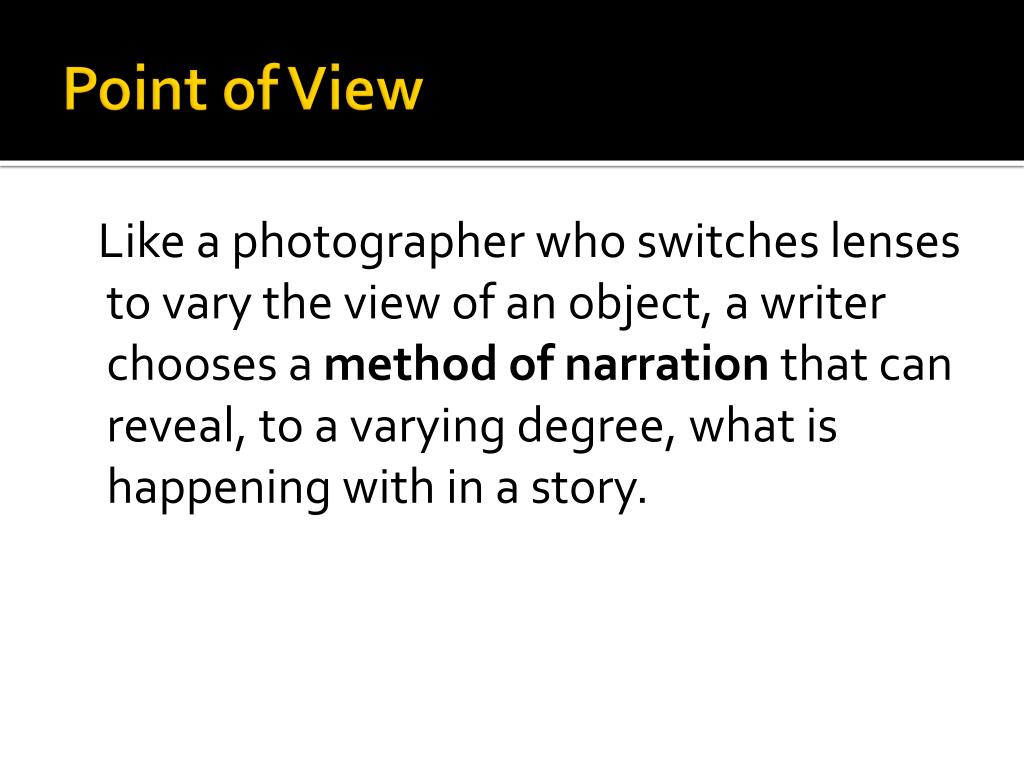

You should have seen how wisely I proceeded.” Here, the narrator provides details and evidences of when he secretly went into the old man’s house and committed the crime. The confidence of the narrator is illustrated as he said: “You should have seen me. The choice of third person point of view in the beginning of the story could be caused by the narrator’s confidence, rationality, and his will of persuading others. Madmen know nothing.” and “Ha! - would a madman have been so wise as this?” In these sentences, the narrator refers himself as “madmen” and comments on himself, whereas near the end of the story, there were no such comments.Ī few possible causes for the differences in the point of view used in the beginning and the end of the story includes the change of the narrator’s mood and feelings throughout the story.

In contrary, while the narrator always uses first person point of view at the end of the story, he uses some third person point of view at the beginning, for example, “You fancy me mad. I heard many things in the hell.” Similarly, at the end of the story, the narrator also uses first person point of view: “I felt that I must scream or die!” The narrator uses first person point of view as the main perspective throughout the story because he is talking about his own experiences and expressing his personal inner feelings. In the beginning, the narrator uses first person point of view, for example: “I heard all things in the heaven and in the earth. There are both similarities and differences in his choices at the beginning and at the end, and these are all resulted in the changes in the narrator’s mood. In “The Tell-Tale Heart” by Edgar Allan Poe, the narrator’s use of point of view in which he tells the story slightly changes from the beginning to the end. Note any differences and the possible causes behind these differences. Compare and contrast the narrator’s point of view at the beginning to the end of the story.


 0 kommentar(er)
0 kommentar(er)
